Mission Videos
Watch videos that discuss the MESSENGER mission, its development, and the science questions that the mission is addressing. For information regarding the use of MESSENGER images and videos, see the image use policy.

Larry Nittler, Paul Byrne, Nancy Chabot, Steven Hauck - April 23, 2015

David Lawrence - April 23, 2015

Steven Hauck, Brian Anderson, Tom Krimigis, David Lawrence, Nancy Chabot - April 22, 2015

Paul Byrne, Steven Hauck - April 22, 2015

Josh Steele, Bill Feldman, Bill Jaskulek, Brian Anderson - April 16, 2015

Haje Korth, Catherine Johnson, Larry Nittler - April 13, 2015

Dan O'Shaughnessy, Ralph McNutt, Sean Solomon - April 13, 2015

Natalia Gómez Pérez - July 27, 2012

Louise Prockter - May 14, 2007

Brian Anderson - April 24, 2007

Robert Gold - April 24, 2007

Robert Gold - April 24, 2007

Ed Rhodes - April 24, 2007



















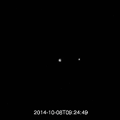
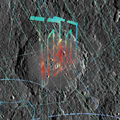
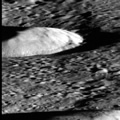
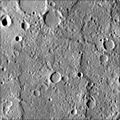
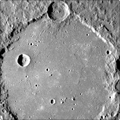
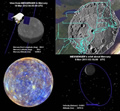

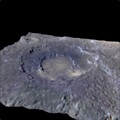

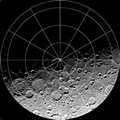












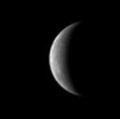
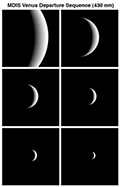
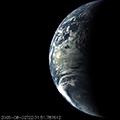











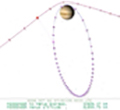
























April 30, 2015